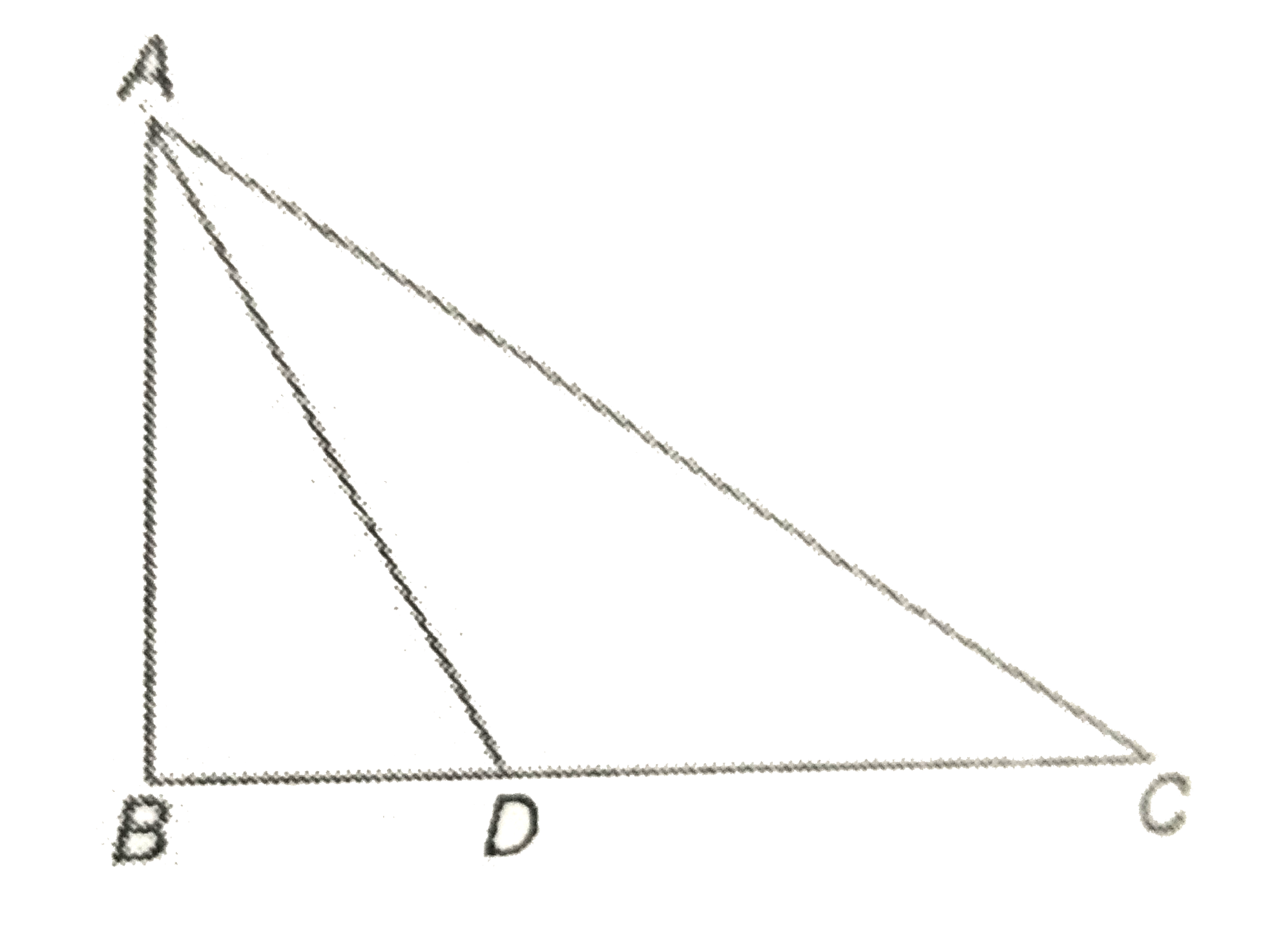Let ABC be a triangle with ∠BAC=2π/3andAB=x such that (AB) (AC) = 1. If x varies, then find the longest possible length of the angle bisector AD
A
13
B
12
C
23
D
√23
Video Solution
Text Solution
The correct Answer is:B
|
Answer
Step by step video, text & image solution for Let ABC be a triangle with angleBAC = 2pi//3 and AB = x such that (AB) (AC) = 1. If x varies, then find the longest possible length of the angle bisector AD by Maths experts to help you in doubts & scoring excellent marks in Class 12 exams.
Updated on:21/07/2023Topper's Solved these Questions
- SOLUTION OF TRIANGLESBOOK - VIKAS GUPTA (BLACK BOOK)CHAPTER - SOLUTION OF TRIANGLESEXERCISE - Exercise-2 : One or More than One Answer is/are Correct
15 Videos
- SOLUTION OF TRIANGLESBOOK - VIKAS GUPTA (BLACK BOOK)CHAPTER - SOLUTION OF TRIANGLESEXERCISE - Exercise-3 : Comprehension Type Problems
16 Videos
- SEQUENCE AND SERIES BOOK - VIKAS GUPTA (BLACK BOOK)CHAPTER - SEQUENCE AND SERIES EXERCISE - EXERCISE (SUBJECTIVE TYPE PROBLEMS)
21 Videos
- STRAIGHT LINES BOOK - VIKAS GUPTA (BLACK BOOK)CHAPTER - STRAIGHT LINES EXERCISE - Exercise-5 : Subjective Type Problems
10 Videos
Similar Questions
Knowledge Check
Let AD be the angle bisector of ∠A of ΔABC such that AD=αAB+βAC, then
Aα=|AB||AB|+|AC|,β=|AC||AB|+|AC|Bα=|AB|+|AC||AB|,β=|AB|+|AC||AC|Cα=|AC||AB|+|AC|,β=|AB||AB|+|AC|Dα=|AB||AC|,β=|AC||AB|ΔABC is an isosceles triangle with AB=AC, side BA is produced to D such that AB=AD. Prove that ∠BCD is a right angle.
A60∘B90∘C120∘Dcan't be determinedΔABC is an isosceles triangle with AB=AC, side BA is produced to D such that AB=AD. Prove that ∠BCD is a right angle.
A60∘B90∘C120∘Dcan't be determined
In triangle ABC, AB = 6, AC = 7 and BC = 8. If AD is bisector of angleA , then find the length of BD and CD.
View SolutionIn a ΔABC,∠B=90∘andAC=8√2. If AB=BC, then find AB.
View SolutionLet ABC be a triangle such that AB = 15 and AC = 9. The bisector of ∠BAC meets BC in D. If ∠ACB=2∠ABC, then BD is
View SolutionIn the triangle ABC,∠ABCor∠B=90∘.AB:BD:DC=3:1:3. If AC=20cm , then what is the length of AD (in cm) ?

View SolutionIn a △ABC,AB = AC and AD⊥BC, then :
View Solution
